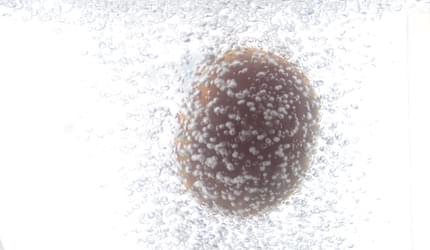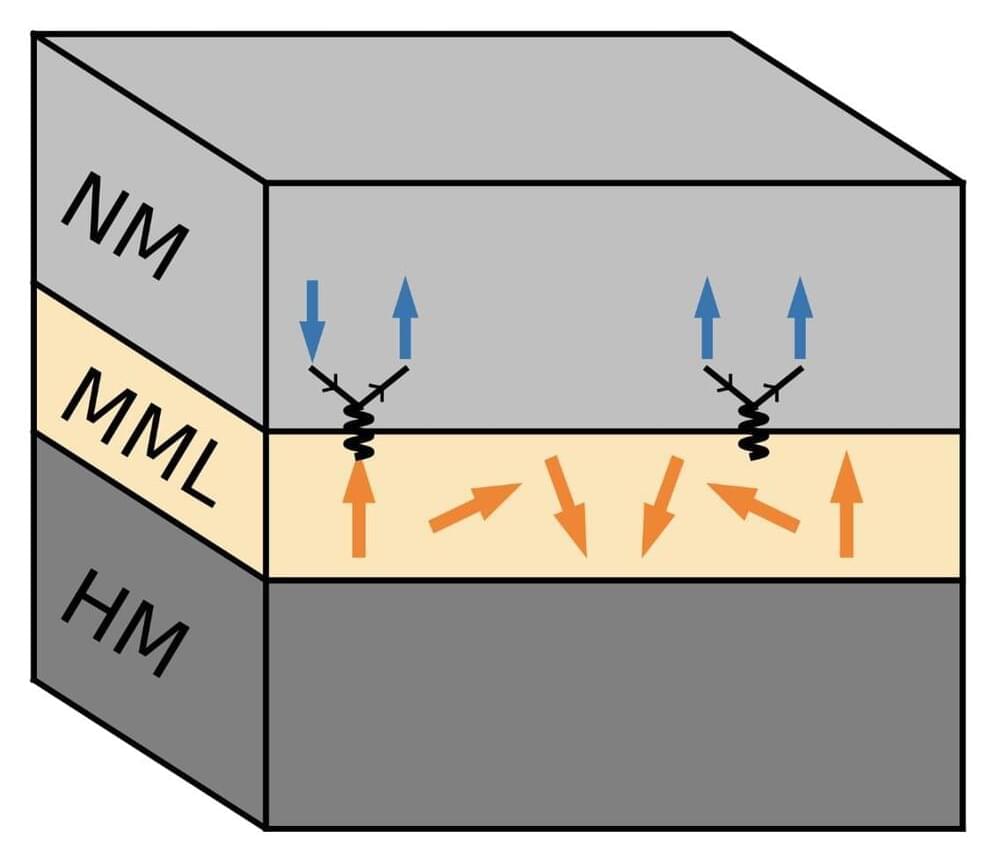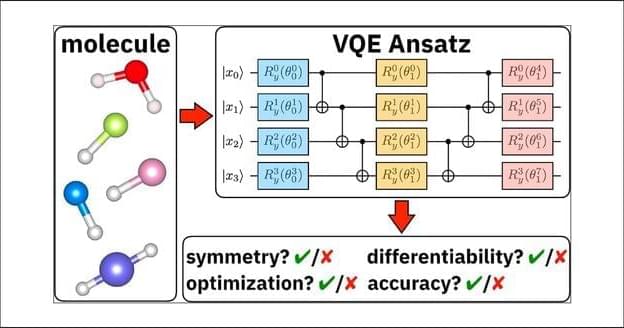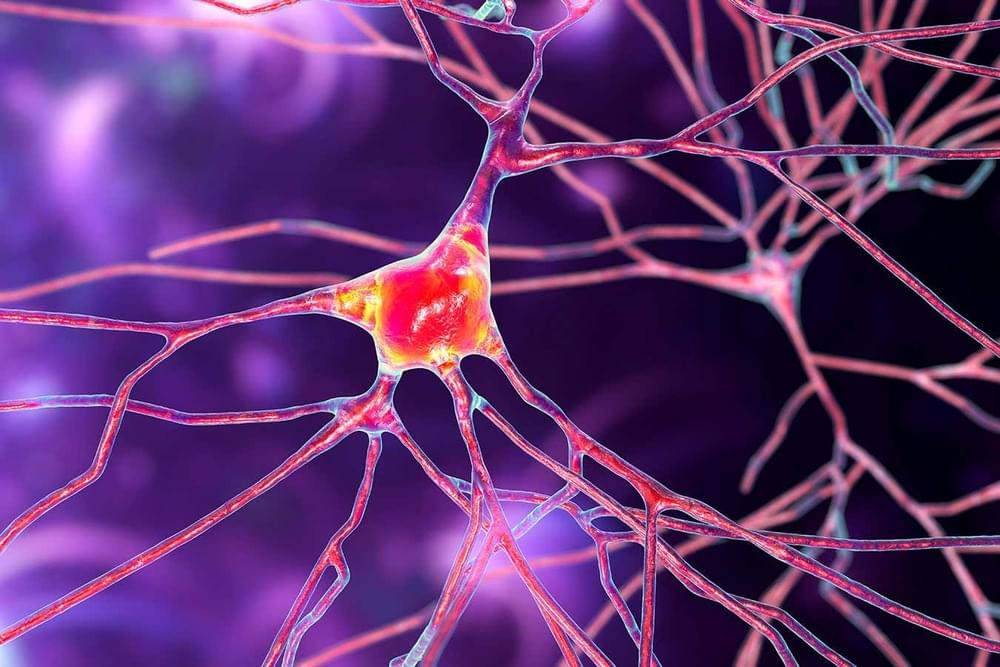Greg Rutkowski is a more popular prompt for text-to-image AI art generators than Picasso.
Sales teams have typically not been early adopters of technology, but generative AI may be an exception to that. Sales work typically requires administrative work, routine interactions with clients, and management attention to tasks such as forecasting. AI can help do these tasks more quickly, which is why Microsoft and Salesforce have already rolled out sales-focused versions of this powerful tool.
Page-utils class= article-utils—vertical hide-for-print data-js-target= page-utils data-id= tag: blogs.harvardbusiness.org, 2007/03/31:999.351825 data-title= How Generative AI Will Change Sales data-url=/2023/03/how-generative-ai-will-change-sales data-topic= Sales data-authors= Prabhakant Sinha; Arun Shastri; Sally E. Lorimer data-content-type= Digital Article data-content-image=/resources/images/article_assets/2023/03/Mar23_28_1422490566-383x215.jpg data-summary=
Microsoft and Salesforce have already rolled out sales-focused versions of this powerful tool.
The protective effects of vaccines have particularly been highlighted during the recent COVID-19 pandemic. Countries able to offer the vaccine demonstrate lowered infection rates and have kick-started the recovery of their economies.
The COVID-19 pandemic has also highlighted the need to proactively develop medical countermeasures to novel pathogens, in addition to advancing supply and manufacturing capacities to meet global demands.
Investing in vaccine manufacturing has both economic and societal benefits, in addition to protecting human health and limiting infection spread.
A stream of air bubbles can be most effective at cleaning produce or industrial equipment if it strikes at the correct angle.
Researchers believe that washing vegetables and food-processing equipment with flowing liquids filled with air bubbles could be effective, but little is known about how to optimize the process. Now engineers, using experiments and simulations, have shown that bubbles exert an optimal cleaning effect if they strike a surface at an angle of about 22.5° [1]. The researchers hope that this insight will help improve methods for the gentle cleaning of fruits and vegetables, potentially leading to a commercial food-cleaning device that they call a “fruit Jacuzzi.”
As bioengineer Sunghwan “Sunny” Jung of Cornell University points out, bubbles injected into fluid have long been used to clean biofilm-encrusted surfaces in settings such as wastewater treatment facilities. Experts generally believe that the technique works because bubbles flowing over a surface exert a shear force, parallel to the surface, which tends to remove attached contaminants. “It’s similar to how you move your hand along the surface of your skin when you’re cleaning your body, applying a shearing force at the surface,” says Jung. Even so, he says, little is known about the basic science behind the effect and in particular about how the motions of bubbles within the liquid might optimize the cleaning.
Topological superconductors are superconducting materials with unique characteristics, including the appearance of so-called in-gap Majorana states. These bound states can serve as qubits, making topological superconductors particularly promising for the creation of quantum computing technologies.
Some physicists have recently been exploring the potential for creating quantum systems that integrate superconductors with swirling configurations of atomic magnetic dipoles (spins), known as quantum skyrmion crystals. Most of these efforts suggested sandwiching quantum skyrmion crystals between superconductors to achieve topological superconductivity.
Kristian Mæland and Asle Sudbø, two researchers at the Norwegian University of Science and Technology, have recently proposed an alternative model system of topological superconductivity, which does not contain superconducting materials. This theoretical model, introduced in Physical Review Letters, would instead use a sandwich structure of a heavy metal, a magnetic insulator, and a normal metal, where the heavy metal induces a quantum skyrmion crystal in the magnetic insulator.
Advances in quantum computation for electronic structure, and particularly heuristic quantum algorithms, create an ongoing need to characterize the performance and limitations of these methods. Here we discuss some potential pitfalls connected with the use of hardware-efficient Ansätze in variational quantum simulations of electronic structure. We illustrate that hardware-efficient Ansätze may break Hamiltonian symmetries and yield nondifferentiable potential energy curves, in addition to the well-known difficulty of optimizing variational parameters. We discuss the interplay between these limitations by carrying out a comparative analysis of hardware-efficient Ansätze versus unitary coupled cluster and full configuration interaction, and of second-and first-quantization strategies to encode Fermionic degrees of freedom to qubits.
Computer simulations of a human brain under the influence of LSD show that entropy increases the most in regions responsible for processing vision and integrating sensory information.
The quest to understand quantum mechanics has led to remarkable technological advancements, granting us power and control over the natural world. However, despite these successes, the paradoxes and mysteries surrounding the theory continue to challenge our understanding of reality. This raises the question of whether science, particularly quantum mechanics, provides us with true comprehension of the world or merely equips us with power without deeper understanding, writes John Horgan.
The potential of satellite-based synthetic biology and genetic engineering to revolutionize healthcare is becoming increasingly clear. Recent advances in the field have opened up a world of possibilities for medical professionals and researchers, allowing them to diagnose and treat diseases more effectively and efficiently than ever before.
Satellite-based synthetic biology and genetic engineering have already been used to develop treatments for a variety of conditions, including cancer, heart disease, and neurological disorders. By using satellite-based techniques, researchers can quickly and accurately identify genetic mutations and other abnormalities in a patient’s DNA. This allows them to develop personalized treatments that are tailored to the individual’s specific needs.
The use of satellite-based synthetic biology and genetic engineering also has the potential to reduce healthcare costs. By identifying genetic mutations and other abnormalities at an early stage, doctors can avoid costly and unnecessary treatments. This could lead to significant savings for both patients and healthcare providers.
To test this idea, the researchers studied the conditions of the extremely early universe. When our cosmos was very young, it was also small, hot and dense. In that youthful cosmos, all forms of matter and energy were ramped up to unimaginable scales, far greater than even our most powerful particle colliders are capable of achieving.
The researchers found that in this setup, gravitational waves — ripples in the fabric of space-time generated by collisions between the most massive cosmic objects — play an important role. Normally, gravitational waves are exceedingly weak, capable of nudging an atom through a distance less than the width of its own nucleus. But in the early universe, the waves could have been much stronger, and that could have seriously influenced everything else.
Those early waves would have sloshed back and forth, amplifying themselves. Anything else in the universe would have gotten caught up in the push and pull of the waves, leading to a resonance effect. Like a kid pumping their legs at just the right time to send a swing higher and higher, the gravitational waves would have acted as a pump, driving matter into tight clumps over and over again.









